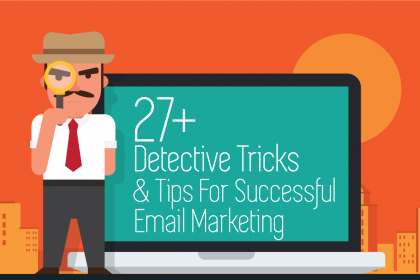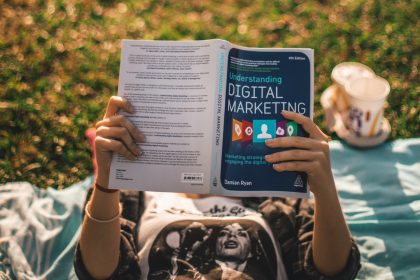Why pictures really are worth a thousand words in marketing
Want to get your audience’s attention and give your marketing more impact? Find out why you need to use more visual content such as pictures and videos.
There are thousands of ways that you can communicate with existing and potential customers. But whichever you choose, it’s worth remembering one simple message: a picture is worth a thousand words.
Jayshree Badhan from Marketing Monkey explains why our brains are wired to respond to visual images, and how you can use pictures and videos to give your marketing more impact.
We think in pictures
Research shows that most human beings think in pictures. And indeed, the power of visual marketing can be seen everywhere. You only have to look at how much social media and the latest technologies rely on images, videos and animation to convey messages effectively to see the true scale of this.
I recently presented on this very topic at London’s Business Funding Show, an event for investors, people seeking funding, entrepreneurs and SMEs. And whether you’re making a pitch or promoting a product or service, how you present yourself to your audience is CRUCIAL. The question is, are you using the right visuals to do this?
Here are the key points of my presentation, which include some insightful stats and facts about visual marketing.
Why visual marketing is more important than ever
Just look at these visual facts:
- 40% of people respond better to visuals than plain text (this is increasing as social media grows).
- Infographics can improve your website traffic by 12%.
- 80% of what you see is retained by the eye.
- 20% of words on a webpage are read by a user.
- Landing pages with videos are 40x more shareable.
The short but significant conclusion is that people retain and share visual content more than text-based content. And it seems like this trend will continue – just look at the staggering growth of visual channels such as Instagram and Pinterest.
Your brain is wired to respond to visual messages
And when you consider how our brains are wired, it’s no wonder that we love visual marketing messages more:
- Your brain processes visuals 60,000 times faster than text.
- 90% of information transmitted to your brain is visual.
- 50% of your brain is active in visual processing
- 70% of your sensory receptors are in your eyes
- 40% of people respond better to visuals
Five great ways to visually engage people
So how can you use visual communication to engage with your audience? Here are a few ideas:
- Create a good looking Powerpoint presentation – text heavy slides get you nowhere.
- Use the right image – we interact visually at all times on the internet.
- Make an impactful video – YouTube is the second largest search engine today.
- 2D or 3D animation – it makes your content more interesting and unique AND more shareable
- Memes and infographics – these make it easier to digest information such as data and numbers.
So picture this: your competitors are already using visuals, and if you’re not too then you risk getting left behind. Most platforms you’ll be on will already have visual capability – Facebook, Twitter and even email newsletters. So what are you waiting for?
Need help to put together a full visual marketing strategy together? Marketing Monkey can provide a full solution – the images, video or infographics you need PLUS a plan of action to use them straight away for your business. Visit their website or email them.
Sources
- Merieb, E.N & Hoehn, K (2007), Human Anatomy & Physiology 7th edition
- Thorpe, S., Fize, D & Marlot, C (1996), Speed of processing in the human visual system, Nature, Vol 381
- Lester, P.M (2006), Syntactic Theory of Visual Communication
- Holcomb, P & Grainger, J (2006), On the Time Course of Visual Word Recognition, Journal of Cognitive Neuroscience, Vol 18
- National Center for Biotechnology Information (2014), U.S National Library of Medicine, Associated Press Bradford, W.C (2011), Reaching the Visual Learner: Teaching Property Through Art










